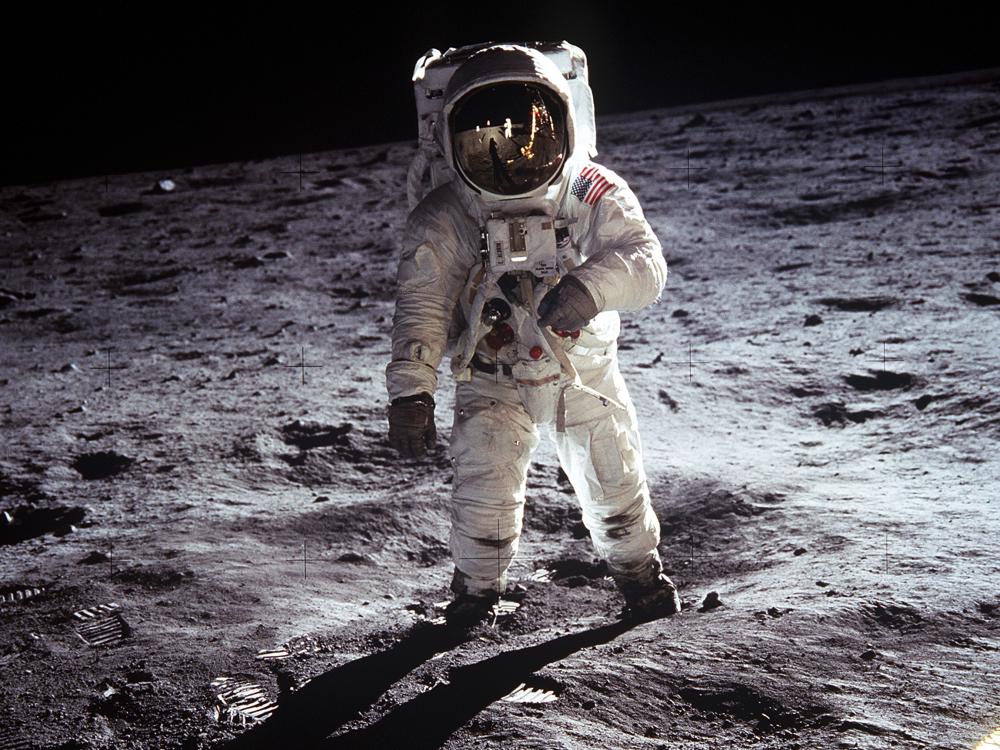
Alien Hoax Revealed at the National Air and Space Museum!
Nov 02, 2011

Nov 02, 2011
Last Friday, the Museum hosted an online conference devoted to critical thinking in the Internet age. Using four conspiracy theories in aerospace history to demonstrate effective research techniques, staff from our Museum, the US Department of the Navy, and National History Day engaged with students and teachers from across the globe. Here are the topics we examined:
We chose this theme because it provides excellent examples of why it is important to examine every story with a critical eye. Conspiracy theories always challenge the accepted narrative, interpreting details that institutional analysis either deliberately omits or cannot explain. As such, the people who question these official stories have already begun the process of critical thinking, but they haven’t necessarily followed through to the end. In order to conduct a more thorough inquiry into each of these subjects, our presenters stepped through a critical thinking checklist that can be described in further detail on the Virtual Salt website. Shortly put, when examining any topic, one should evaluate its Credibility, Accuracy, Reasonableness and Support (CARS). If we apply this tool to any of the conference topics, we discover that the likelihood of conspiracy is very low, but it should be noted that this isn’t always the case. These questions are helpful for any historian or researcher and can be applied to any resource being considered — from newspaper articles to archival photos to historic artifacts.
The conference concluded with a panel discussion during which our historians described some of their most exciting discoveries. Our own Tom Crouch, senior curator in the Aeronautics Division, discussed how he determined that the wing tips of the world's first powered airplane, the 1903 Wright Flyer were actually made from carriage spreaders. This contribution to the historical record shed light on who Orville and Wilbur Wright really were and how they worked. It was an exciting moment in his career. Another panelist, Randy Papadopoulos, secretariat historian at the Department of the Navy, probably summed it up best when he described a particular “aha” moment he once had:
You realize, wow! This is a singular event. This is something that no one else has considered… The devil is in the details — you have to do some digging to find out, but when you do, you feel this tremendous sense of relief. [You realize] okay, I actually made a contribution that’s original. I’ve done something new here.
We’d like to thank all of our panelists for continuing to contribute original insights through their dedicated and thoughtful research. And thanks to everyone from around the world who participated in our online event. For those who couldn’t attend, please check out the recordings online. We enjoyed producing this conference, and we hope to do more. Please let us know what kind of topics you'd like to see us examine in future online events.

We rely on the generous support of donors, sponsors, members, and other benefactors to share the history and impact of aviation and spaceflight, educate the public, and inspire future generations. With your help, we can continue to preserve and safeguard the world’s most comprehensive collection of artifacts representing the great achievements of flight and space exploration.
We rely on the generous support of donors, sponsors, members, and other benefactors to share the history and impact of aviation and spaceflight, educate the public, and inspire future generations. With your help, we can continue to preserve and safeguard the world’s most comprehensive collection of artifacts representing the great achievements of flight and space exploration.